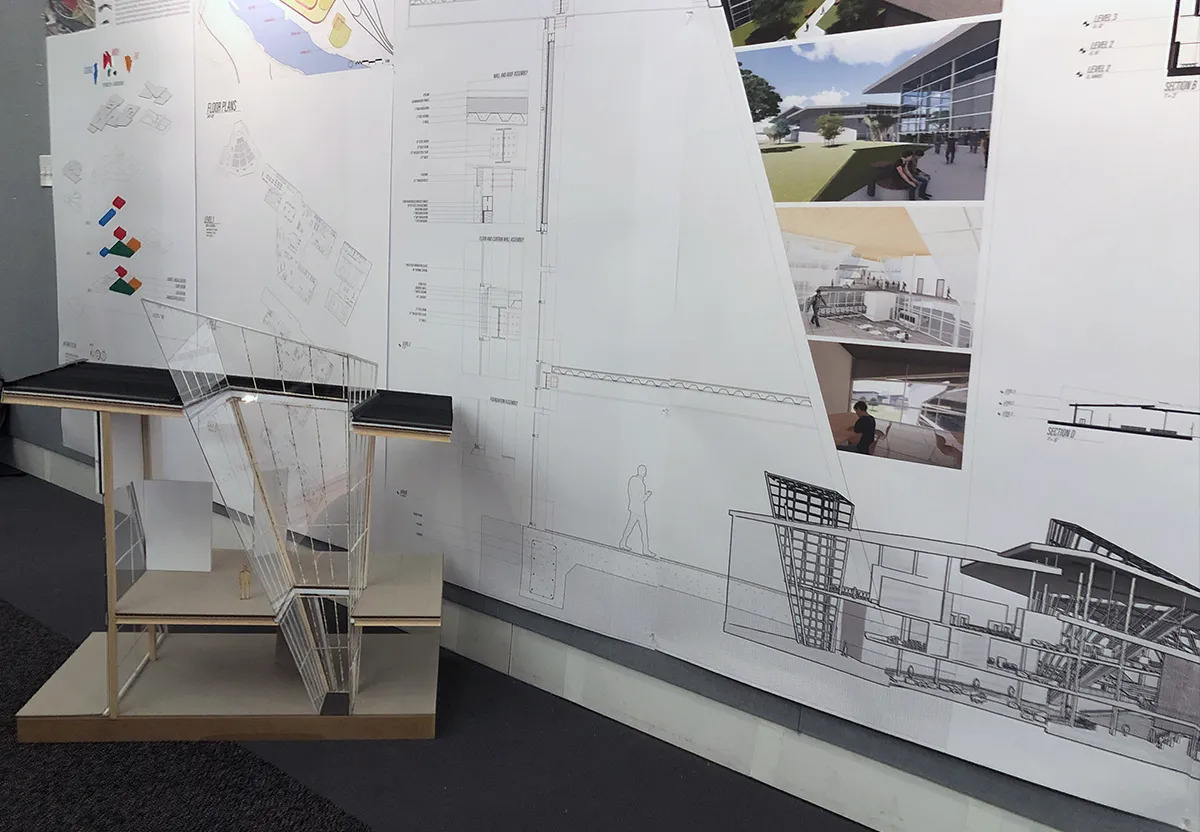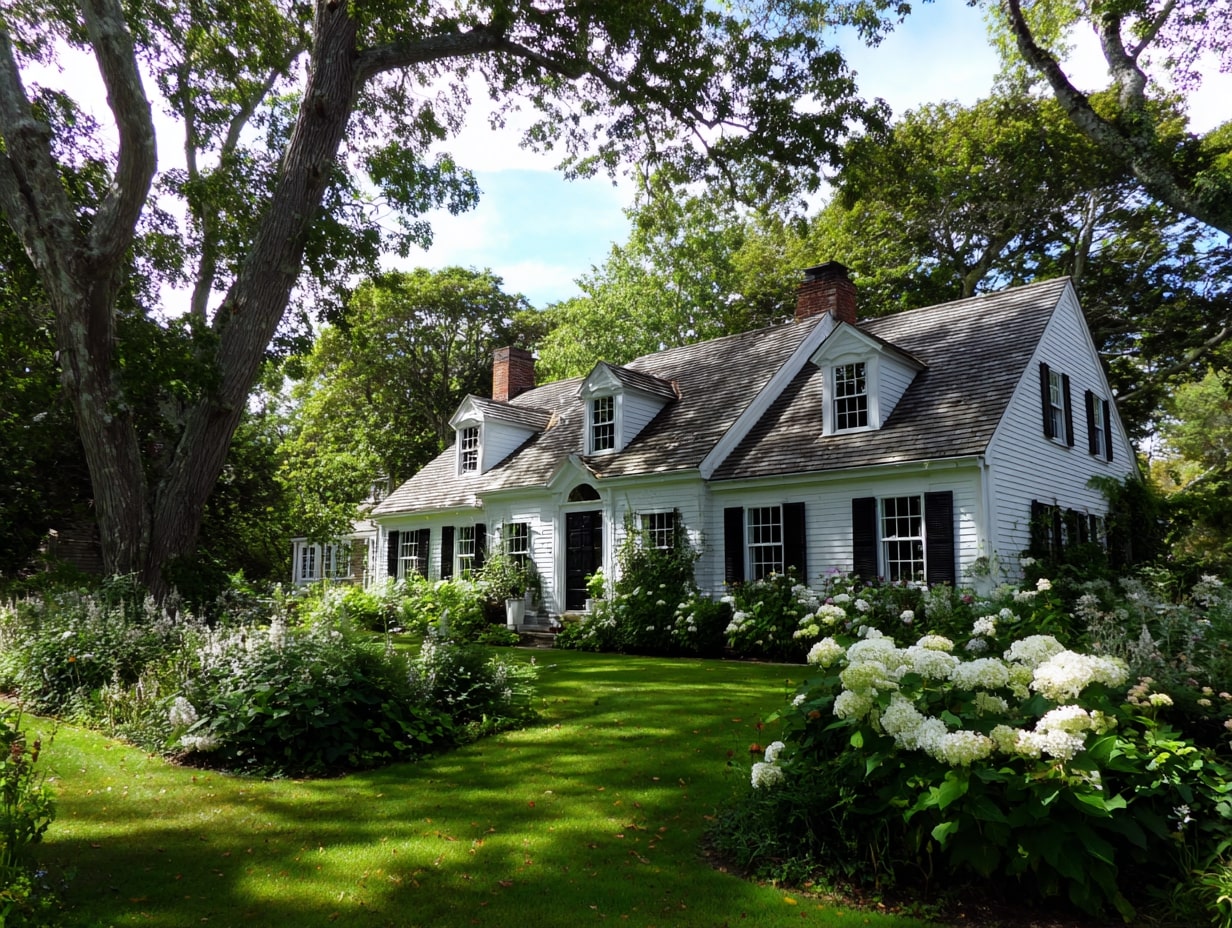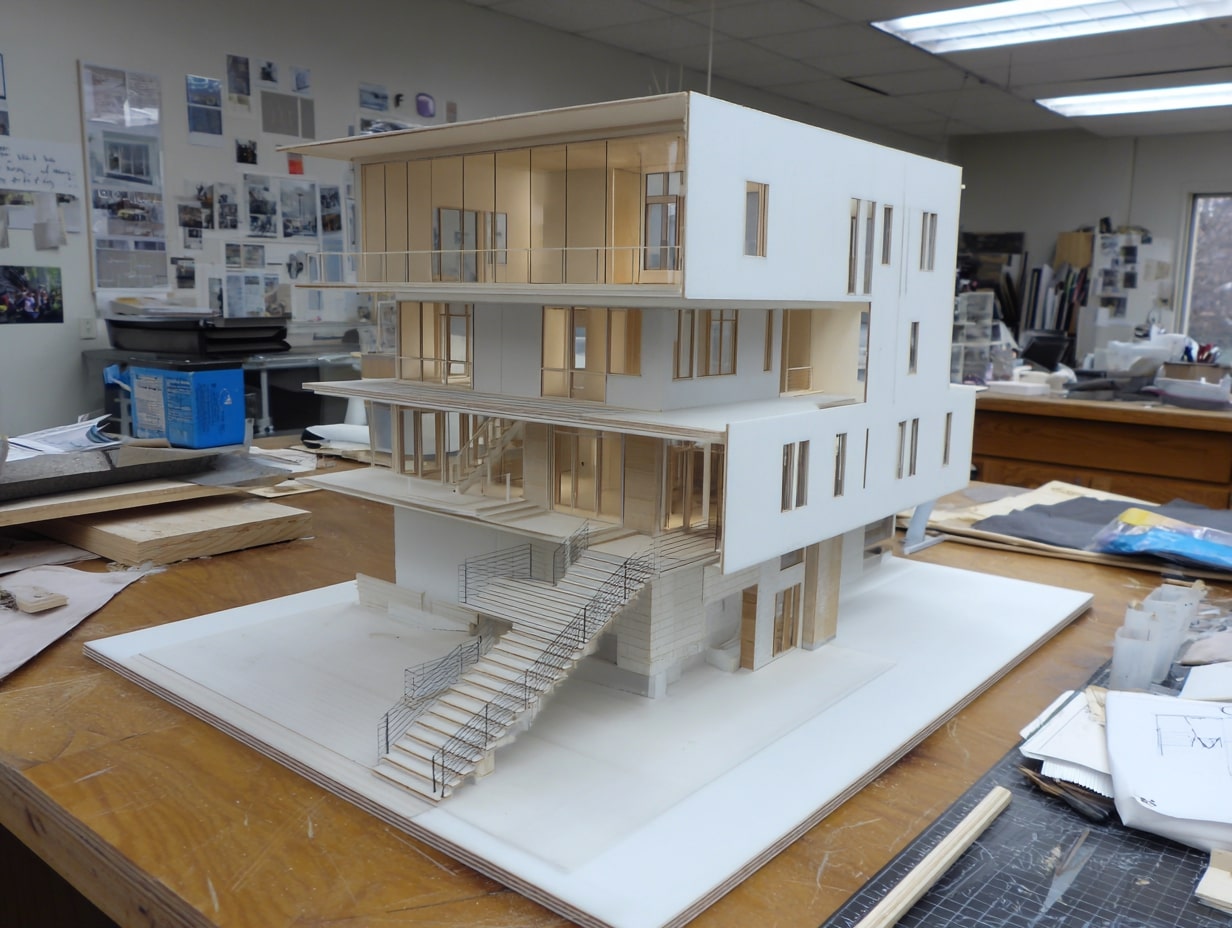- Home
- Articles
- Architectural Portfolio
- Architectral Presentation
- Inspirational Stories
- Architecture News
- Visualization
- BIM Industry
- Facade Design
- Parametric Design
- Career
- Landscape Architecture
- Construction
- Artificial Intelligence
- Sketching
- Design Softwares
- Diagrams
- Writing
- Architectural Tips
- Sustainability
- Courses
- Concept
- Technology
- History & Heritage
- Future of Architecture
- Guides & How-To
- Art & Culture
- Projects
- Interior Design
- Competitions
- Jobs
- Store
- Tools
- More
- Home
- Articles
- Architectural Portfolio
- Architectral Presentation
- Inspirational Stories
- Architecture News
- Visualization
- BIM Industry
- Facade Design
- Parametric Design
- Career
- Landscape Architecture
- Construction
- Artificial Intelligence
- Sketching
- Design Softwares
- Diagrams
- Writing
- Architectural Tips
- Sustainability
- Courses
- Concept
- Technology
- History & Heritage
- Future of Architecture
- Guides & How-To
- Art & Culture
- Projects
- Interior Design
- Competitions
- Jobs
- Store
- Tools
- More
The Impact of Font Choice in Architectural Design

The ubiquitous impact of font choices is often overlooked in daily life, yet they permeate our visual experiences in countless ways, subtly influencing our interactions with the world around us. This silent dialogue has become increasingly more relevant as the fields of typography and architectural design have begun to intersect.
Typography, the art of arranging type to make language visible, is no longer confined to the realms of books and screens. It has carved its niche in architectural design as a means of fostering an aesthetic that communicates values, feelings, and narrative. The choice of font, much like the choice of materials, color, and form, significantly impacts the architectural design and the messages it sends.
Communicating Identity
An essential purpose of typography in architecture is conveying a building’s or space’s identity. The font selected often signifies the purpose of the building and reflects its character. A minimalistic, sans-serif font could be employed to suggest a modern, clean, and forward-thinking space, like a technology hub or a contemporary museum. Conversely, classic serif fonts evoke a sense of tradition and solidity, often found in government buildings, universities, or heritage sites.
Consider, for example, the unique typeface used by the Guggenheim Museum in New York. Its freeform, fluid typography beautifully mirrors the iconic, spiraling architecture of the building itself, emphasizing its identity as a modern art hub.
Guiding Navigation
Font choices in architectural design also have a functional role, guiding visitors around spaces. Legible and strategically placed typography ensures an intuitive flow through the building, enhancing the overall user experience. In airports or hospitals, clear, readable fonts are crucial for signs, aiding people in navigating these often large and complex spaces.

Impact on Atmosphere
Architectural design aims to cultivate a specific atmosphere, and typography plays a critical role in this. Fonts can subconsciously guide our feelings about a space. Bold, large fonts can make a space feel more imposing and authoritative, whereas delicate, flowing fonts might instill a sense of elegance or tranquility. The color of the font, its placement, and its interaction with light and shadow can also significantly impact the overall ambience.
Accessibility and Inclusivity
Typography in architecture has the power to increase inclusivity and accessibility. Designing fonts that take into account visually impaired individuals, those with dyslexia, or non-native speakers can create more accessible environments. Additionally, using multilingual typography can enhance inclusivity in diverse communities, reflecting the melting pot of cultures in an urban space.
Concluding Remarks
Fonts in architectural design are more than just an aesthetic choice; they are a significant contributor to the function, the atmosphere, and the identity of the built environment. They shape our interaction with spaces and subtly influence our perceptions and emotions. Architects, therefore, must carefully consider their typographic choices, understanding the silent dialogue they are creating with the users of their spaces.
By exploring the intersection of typography and architecture, we can enhance our understanding of these disciplines’ symbiotic relationship and deepen our appreciation for the nuanced storytelling that lies at the heart of both. Through the artful fusion of these two worlds, architects can create spaces that truly speak to their users, demonstrating the profound impact of font choice in architectural design.
The importance of font choice in architectural design extends to the realm of academic presentations as well. Students need to recognize the significant role fonts play in these settings.
Firstly, font choices establish a project’s identity. The selected typeface helps articulate the underlying philosophy of the design and its aesthetics. By carefully aligning the typography with the design ethos, students can create a more cohesive and compelling narrative.

Secondly, clarity of information is a key component of any presentation, and typography plays a vital role in this. Clear, legible fonts facilitate communication, enabling the audience to better understand the project’s intricacies. It allows for easy reading and comprehension, particularly when dealing with complex architectural terms or data.
Thirdly, font choice sets the tone for the presentation. Much like in physical spaces, typography in presentations can create different atmospheres – it can be authoritative, friendly, somber, or playful, among other things. The chosen font can reflect the mood of the design, enhancing the overall narrative and emotional impact.
Lastly, an appropriate font choice reflects a student’s professionalism. A well-curated typeface shows attention to detail, an understanding of design principles, and a commitment to effective communication. It sends a message to the audience (often professors or peers) that the student takes their work seriously and values the presentation aspect as much as the design process itself.
Therefore, students should be encouraged to consider their font choices as an integral part of their project presentations. Understanding the silent but powerful language of typography can make the difference between a good presentation and an outstanding one.

Submit your architectural projects
Follow these steps for submission your project. Submission FormLatest Posts
American Architecture Styles That Shaped a Nation
Explore American architecture styles from Colonial to modern—key features, icons, and timelines...
How Environmental Planning Shapes Modern Architecture in Houston
Houston does not design buildings in a vacuum. Every structure rises inside...
Smart Steps for Repairing Your Garage
Keeping your garage safe and reliable is mostly about steady habits and...
Why Scale Matters in Architecture
Why Scale Matters in Architecture: see how human, building, and urban scales...












Leave a comment